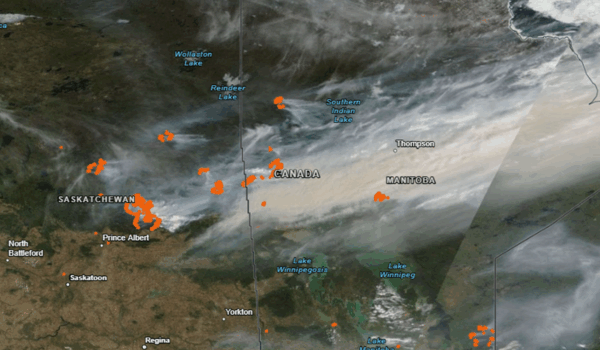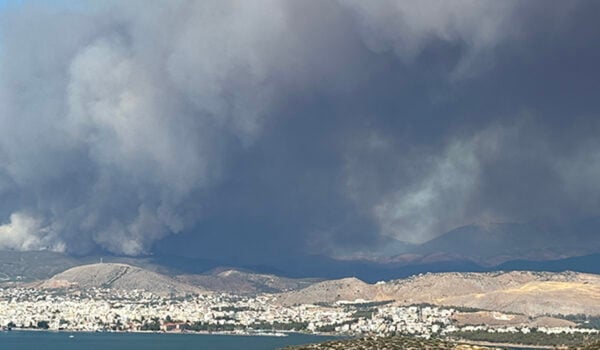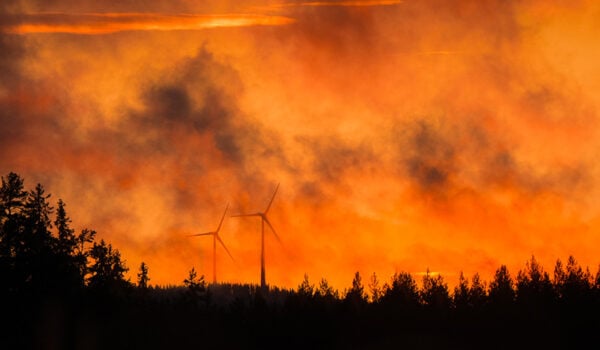Canada is burning heavily once again. The smoke from the huge wildfires is now heading towards Norway and the rest of Europe.
Climate scientists at NILU expect that the monitoring instruments at the Norwegian Birkenes Observatory will capture the smoke particles during the afternoon and evening of May 30. The instruments at Andøya and the Zeppelin Observatory in Svalbard will register the smoke on June 1 and June 3, respectively.
“It is not certain that we will notice any of the smoke down at ground level, but on satellite images from NASA’s Worldview we can clearly see how the smoke moves through the atmosphere,” says senior scientist Sabine Eckhardt.
She and colleague Nikolaos Evangeliou have created a simulation that shows how the smoke and soot particles from Canada are carried through the atmosphere. The red dot is the Birkenes Observatory in the south of Norway, with the forecast extending until June 5.
When Evangeliou, Eckhardt and their colleagues create such simulations, they first download datasets created with the help of satellite observations. These show how powerful the emission is. Then, they model the dispersion of these emissions in the atmosphere. For this, they use meteorological data from the Global Forecast System (GFS) of the National Centers for Environmental Prediction (NCEP) in the US.
The simulation above shows how the smoke and soot particles from Canada are carried through the atmosphere, with the yellow areas of the cloud signaling where there are the most soot particles in the air. The red dot is the Birkenes Observatory in the south of Norway. Credit: NILU
In the affected areas of Canada, the amount of smoke and soot particles in the air is now so great that breathing it in poses a health risk.
“However, we don’t think the Canadian fire emissions in the air here in Norway will be harmful to our health,” says Eckhardt.
Monitors forest fires due to climate
Smoke and soot particles from forest fires can be transported through the atmosphere and settle on ice and snow-covered surfaces on, for example, the Greenland ice sheet. There, they can contribute to making the surface darker, so that it absorbs solar radiation to a greater extent. In that way, the particles from the wildfires take part in warming the atmosphere.
This effect is an important reason why climate and atmospheric scientists monitor particles in the atmosphere at Observatories all over the world, including Birkenes in Agder and Zeppelin on Svalbard.
Smoke and sunsets
Over the next few days, the NILU scientists will follow the development of the fires in Canada closely. For this, they also use satellite data to gain a better understanding of the spatial distribution of the gases. An example is carbon monoxide (CO) and particles from the Sentinel-5P satellite.
Eckhardt and Evangeliou can also disclose that due to the large number of particles in the atmosphere, the light is refracted more than usual. This can produce extra strong colors in the sky, giving us some spectacular sunsets.






